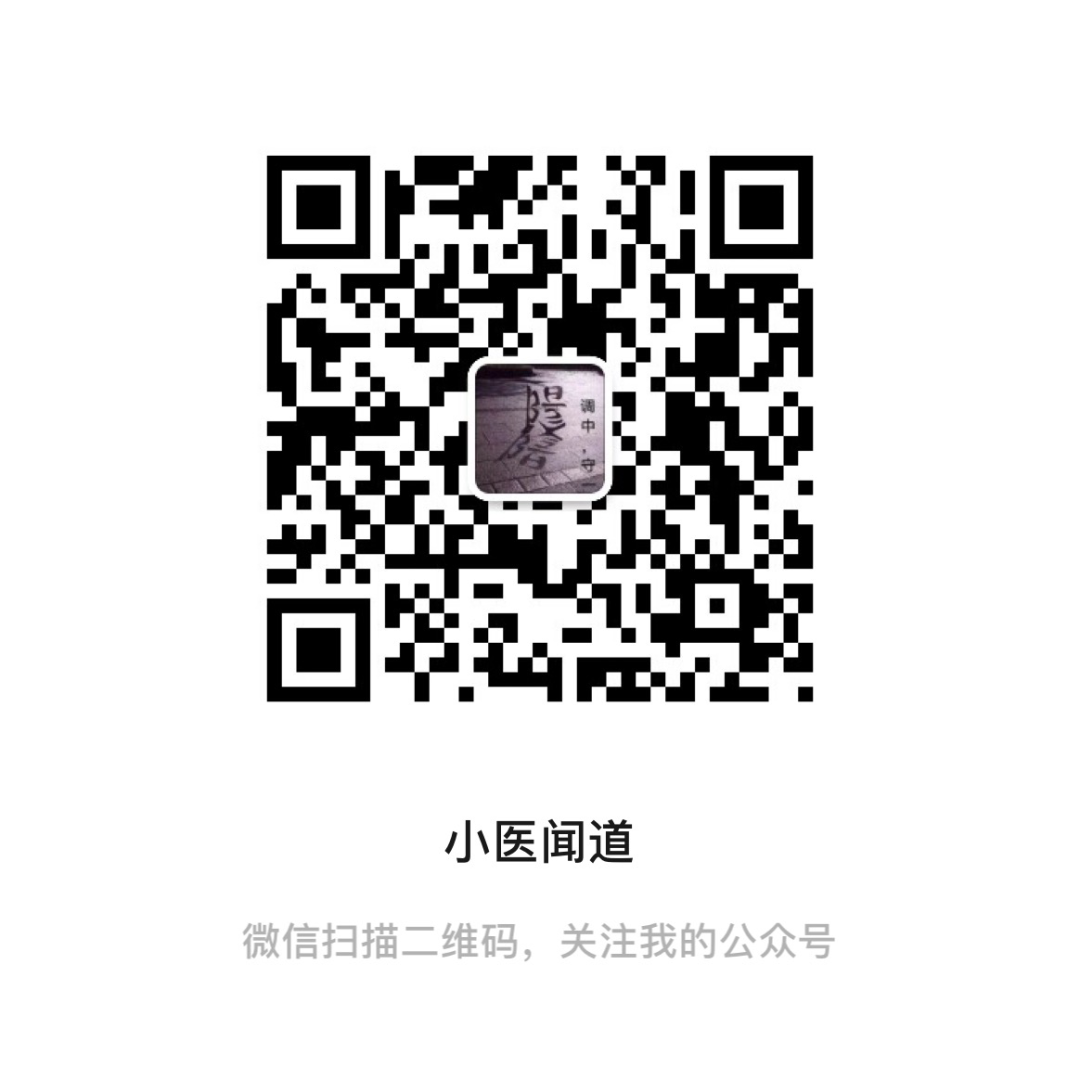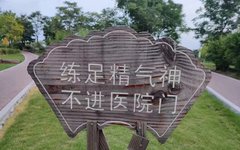Notes on Daoyin Techniques
Since the introduction of Daoyin techniques over a year ago, it has genuinely helped many friends achieve better health.
Daoyin is a form of slow movement, particularly suitable for the constitution of modern individuals.
Daoyin has a mental aspect; today, I will also share this. When practicing Daoyin, remember: be kind-hearted, gentle with your hands, and keep your body warm.
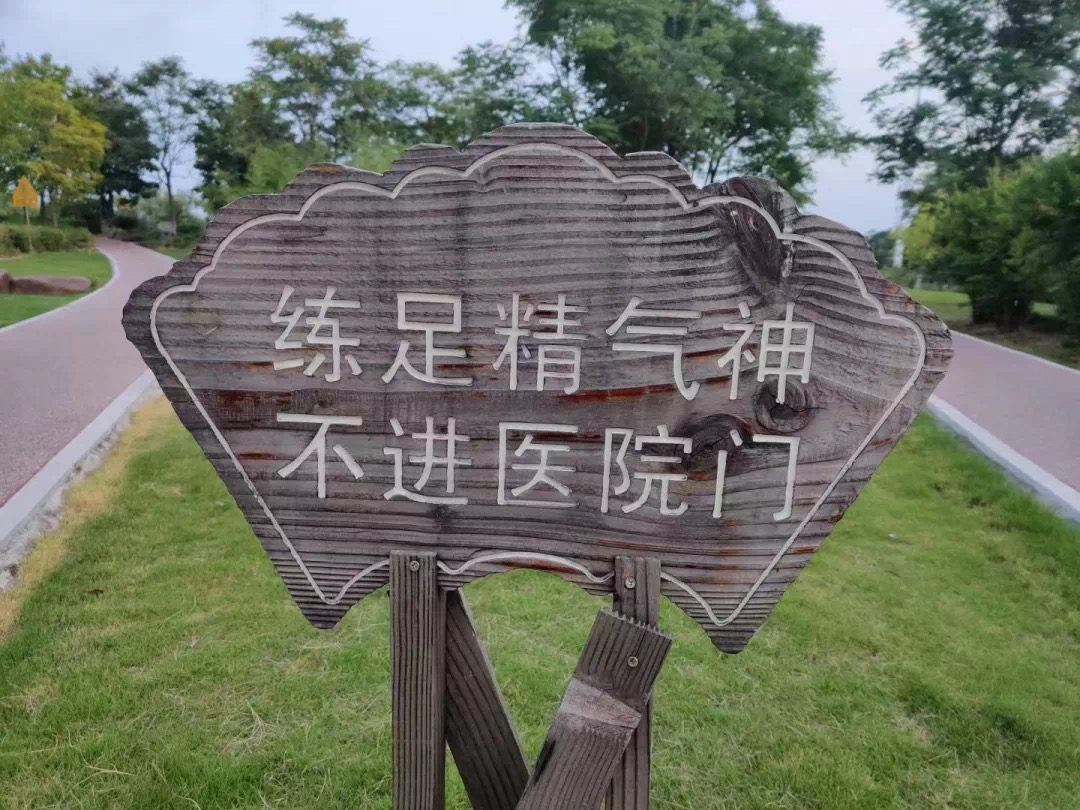
During the slow practice, feel comfortable, and stretch only to about 50-70% of your capacity, and before you know it, you will have completed the entire set of movements in a pleasant state.
Precautions for practicing Daoyin: Women should not practice during menstruation or pregnancy. If you have had surgery on your waist or have fixed metal implants, consult your primary physician.
The best time to practice Daoyin is in the morning, followed by noon, and then in the afternoon; practicing is better than not practicing at all.
If you practice in the afternoon or evening and do not have trouble sleeping afterward, it is also fine to practice.
The following notes on Daoyin techniques will help everyone understand and master through text, thus becoming the primary responsible person for their own health as soon as possible. However, it is essential to first carefully watch the video of the Daoyin techniques demonstrated by the teacher; everything should be based on the video.
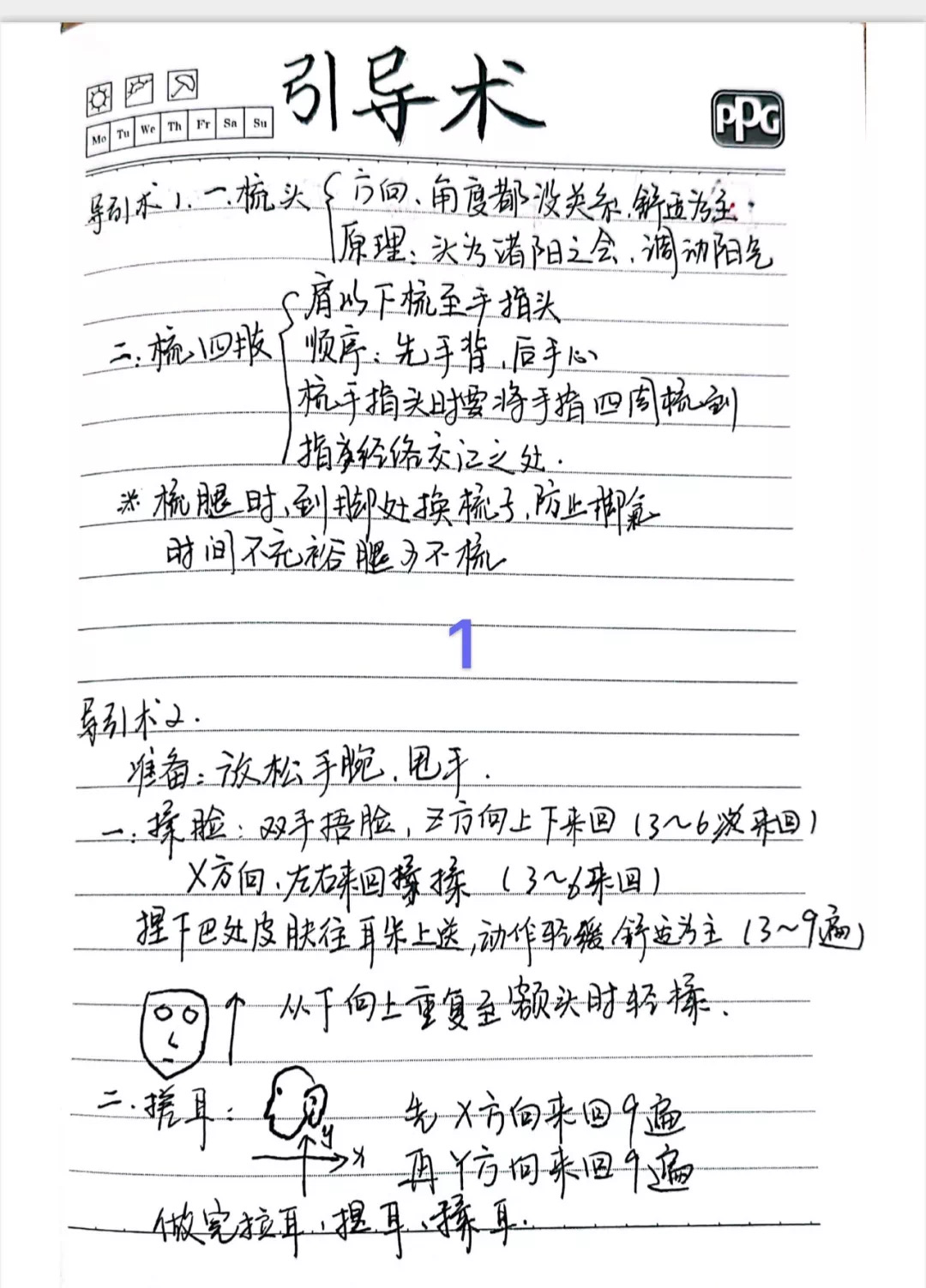
Daoyin Technique 1:
Combing the head and limbs.
Start by combing the head; the direction and angle do not matter, comfort is key. Principle: The head is the meeting point of all Yang energies, stimulating Yang Qi.
Then comb the limbs, starting from the shoulders down to the fingertips. First, comb the back of the hands, then the palms, and when combing the fingers, ensure to comb around the fingers as they are the junctions of the meridians.
If time permits, you can also comb from the calves down to the soles of the feet.
If time is limited, you may skip the legs.
Once you have combed the head and limbs, the meridians throughout the body will begin a beneficial internal movement, and energy will be released.
At this point, you can proceed with the Daoyin techniques from head to toe.
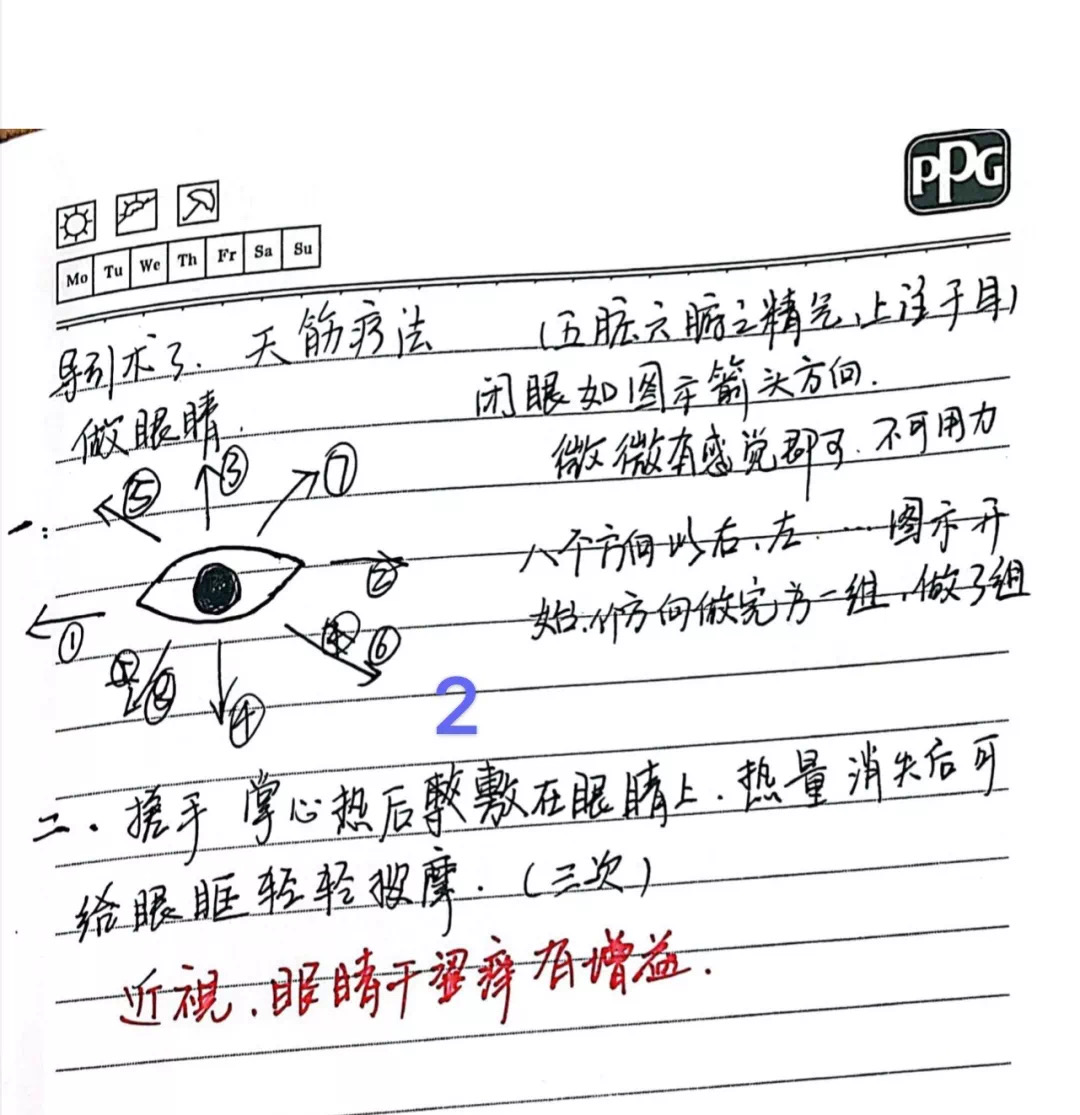
Daoyin Technique 2:
First, relax the wrists and shake the hands to make them more flexible.
Start by rubbing the face: cover the face with both hands and rub up and down 3-6 times,
then rub left and right 3-6 times.
Pinch the skin at the chin and move it towards the ears, using gentle and comfortable motions, doing this 3-6 times.
If your eyes feel uncomfortable, rub the acupoints around the eyes and also massage the forehead.
Finally, warm up the ears by rubbing them; one complete cycle counts as one, do this diagonally
9 times, then up and down 9 times.
Afterward, pull on the ears, gently pinch and rub the entire ear.
Lastly, place both hands in front of the ears and press and rub 36 times, with a maximum of 3 sets of 36 times.
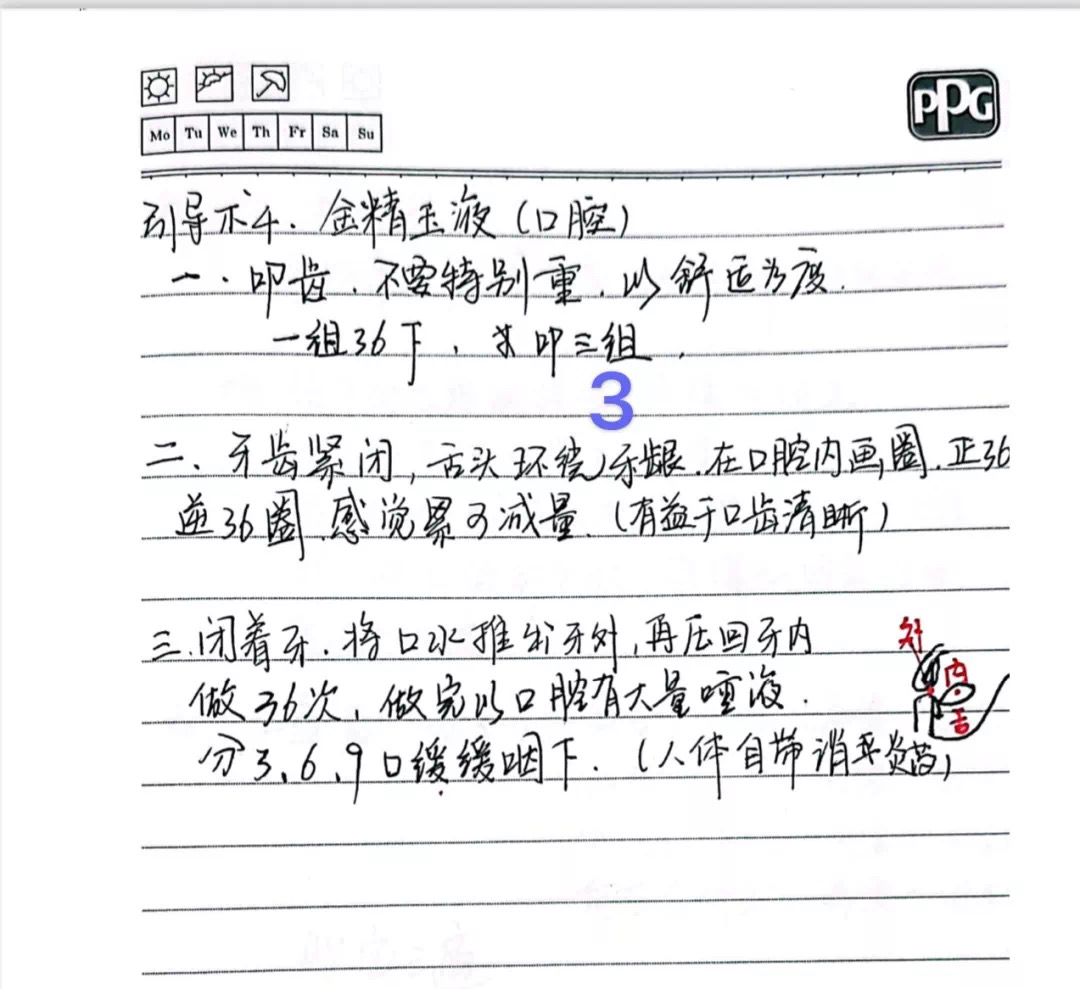
Daoyin Technique 3:
Eye exercises, known as Tianjin therapy.
Focus on one central point and extend in 8 directions. While doing this, keep your eyes closed and do not exert too much force; look left, right, up, down, diagonally left up, diagonally left down, diagonally right up, and diagonally right down, at least 3 times. Then, rub your palms together to warm them and place them over your eyes for a hot compress; after the heat dissipates, massage around the eye sockets, doing this at least 3 times. This method is effective for myopia and protecting vision.
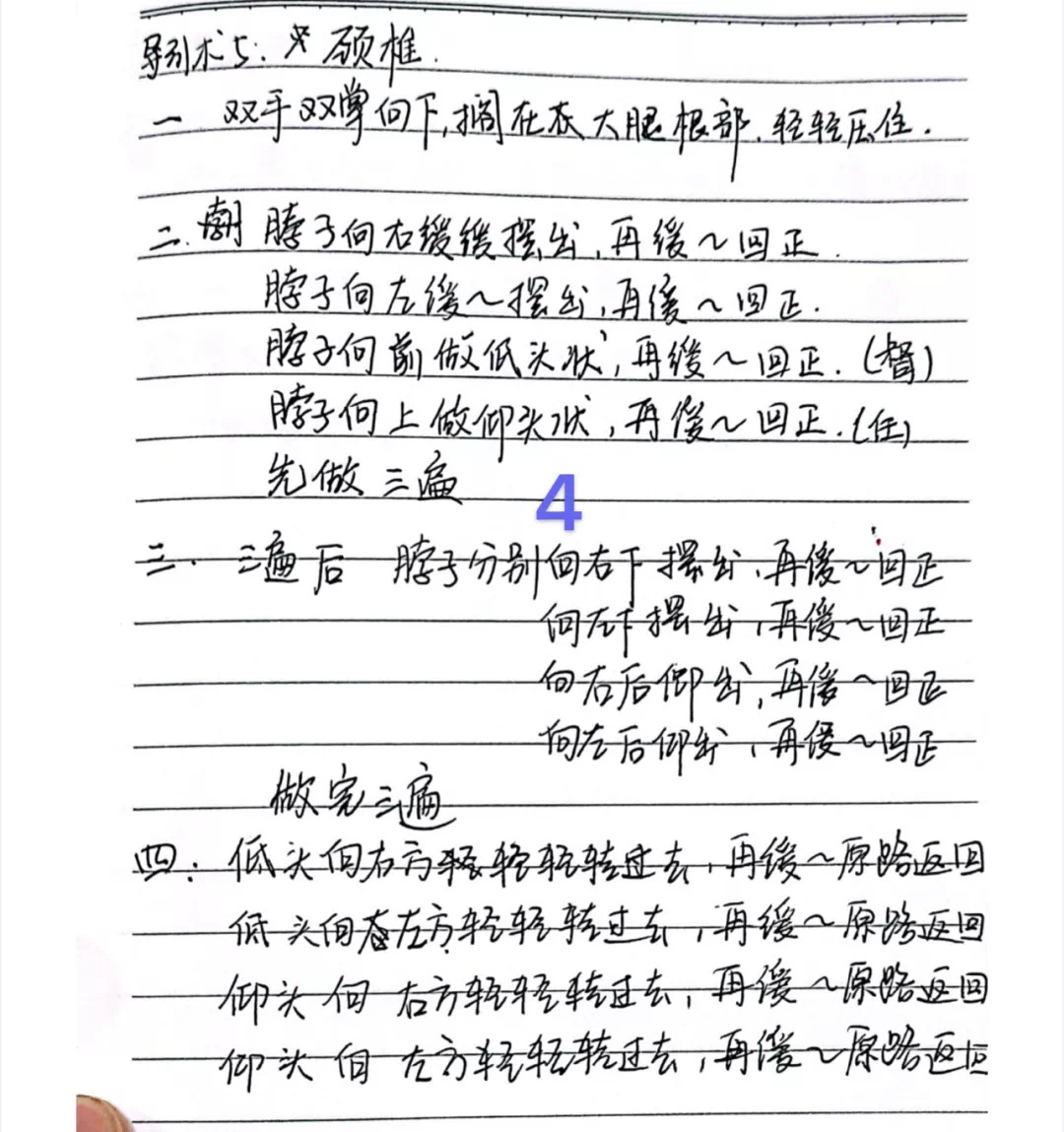
Daoyin Technique 4:
Jin Jing Yu Ye, exercising the oral cavity.
Tap your teeth gently, not too hard, for comfort; do this in 3 sets of 36 taps. Keep your mouth closed, and circle your tongue around the gums, making 36 circles in each direction. If it feels too tiring, it is fine to do fewer. This helps generate saliva in the mouth and makes the tongue more flexible. Keep your teeth and mouth closed, and squeeze the saliva back and forth; you can do this for a maximum of 3 sets of 36 times (based on your own comfort). Finally, divide the saliva into three, six, or nine portions and swallow slowly.
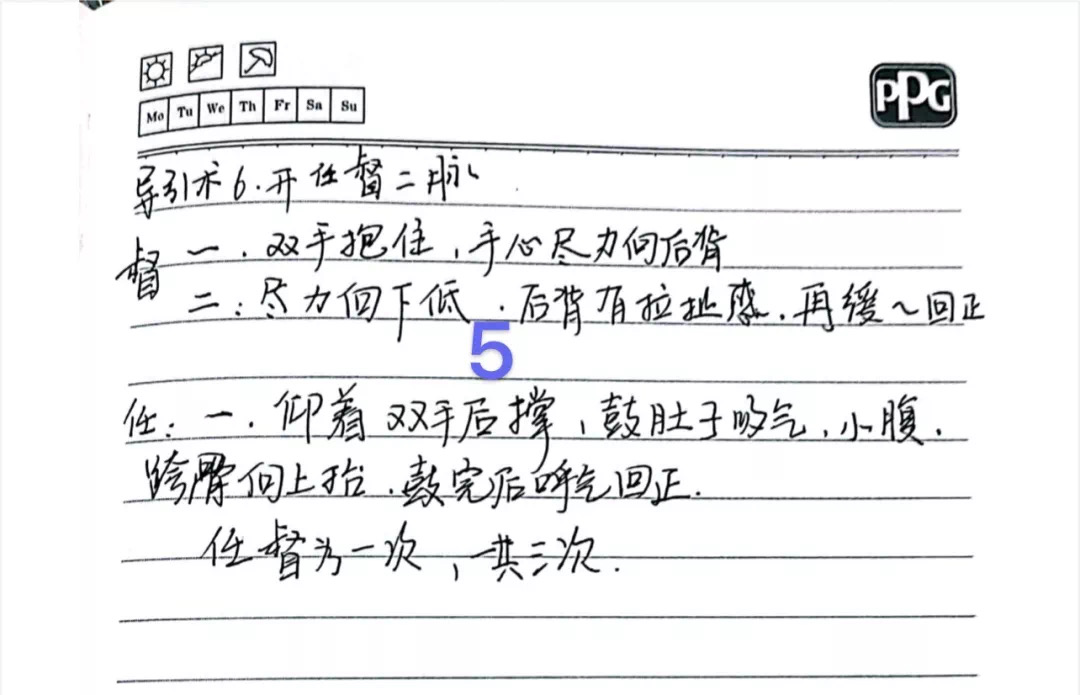
Daoyin Technique 5:
Exercising the cervical spine.
Place both palms flat down on your thighs and gently press down; this effectively opens the three Yin meridians.
Gently tilt your head left, right, forward, and backward, then slowly return to the center.
When you feel a slight stretch in your neck, that is sufficient; do each movement 3 times.
To increase difficulty: tilt your head left and right while lowering it, and tilt your head backward and forward while raising it, doing each movement 3 times.
To further increase difficulty: lower your head while turning left and right, and raise your head while turning forward and backward, doing each movement 3 times.
Those with cervical discomfort should persist in practicing. (For specific directions and methods of movement, please carefully watch the video.)
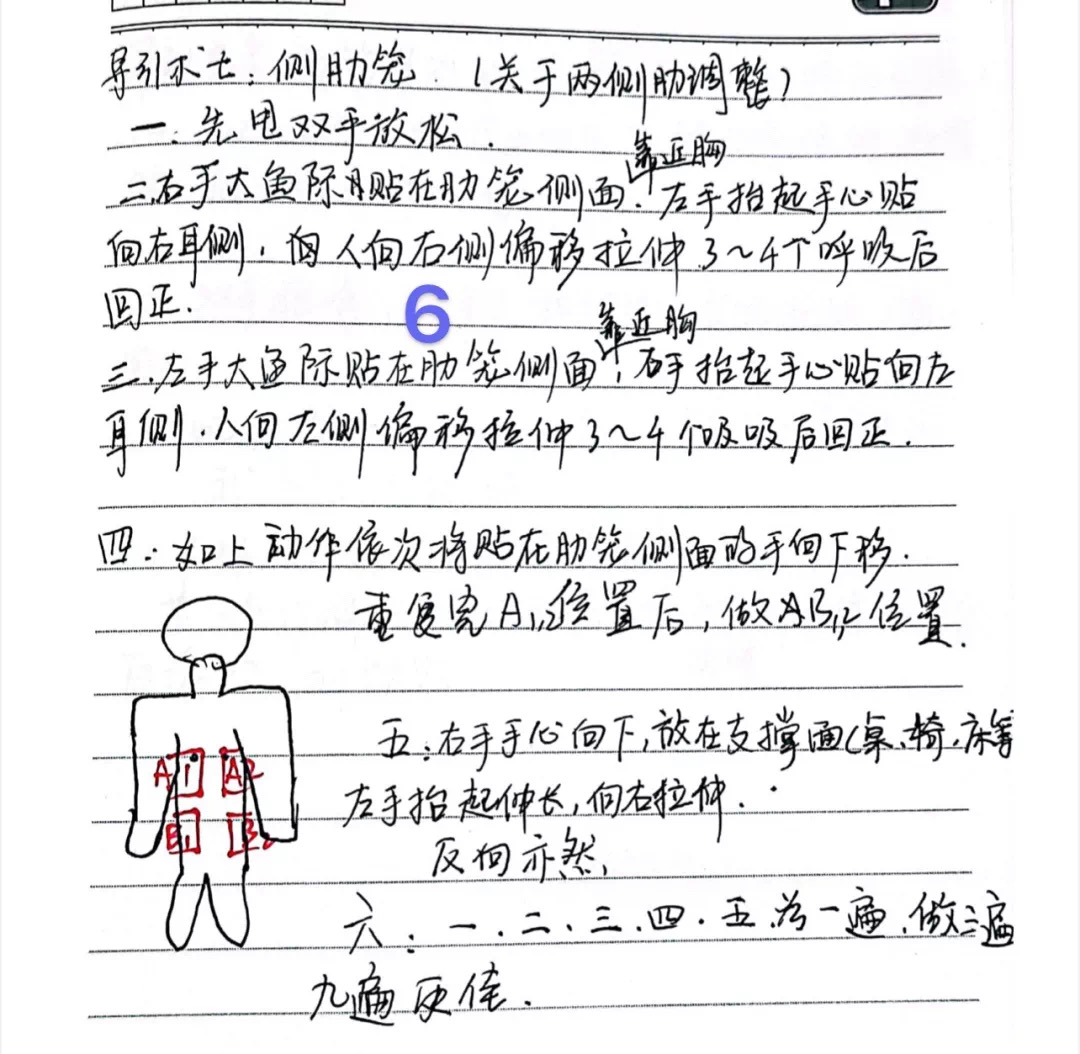
Daoyin Technique 6:
Opening the Ren and Du meridians.
Gently bend backward while holding your waist; as you lower, feel a stretch in your back, spine, or lower back, but do not affect your breathing; do this comfortably.
Pause for a moment, then slowly return to the upright position.
This stretches the Du meridian, followed by stretching the Ren meridian.
Place your hands down, and when inhaling, expand your abdomen while leaning back; exhale while returning to the upright position.
Complete the entire set of movements at least 3 times.
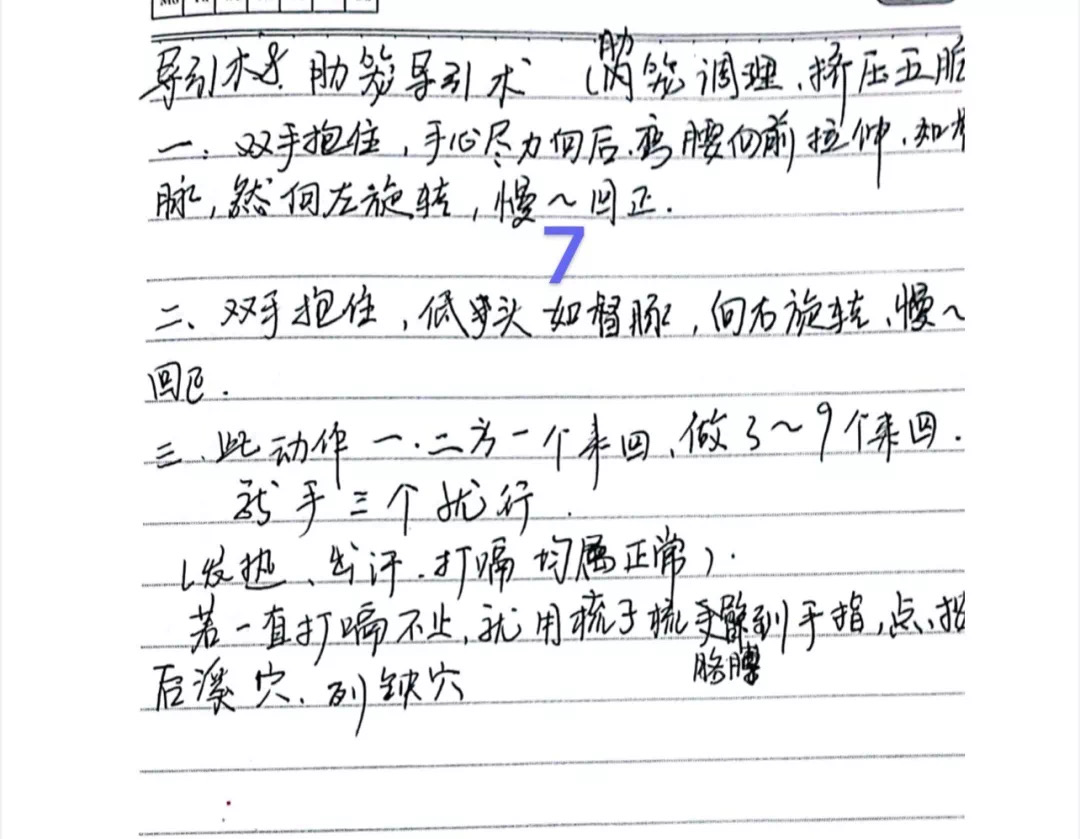
Daoyin Technique 7:
Side rib cage stretching.
Before starting, shake your hands to loosen the joints.
Place the ball of your right hand against the side of your rib cage near the chest, raise your left hand with the palm facing your right ear, stretch your body to the right, then slowly return to the center.
Place the ball of your left hand against the side of your rib cage near the chest, raise your right hand with the palm facing your left ear, stretch your body to the left, then slowly return to the center.
Repeat the above movements, moving the hand on the side of the rib cage down to the lower ribs, stretching the body to the right and left, then slowly returning to the center.
Sit cross-legged, with the right hand palm down supporting, and the left hand raised stretching to the right, then switch to the left hand palm down supporting, and the right hand raised stretching to the left.
Completing the above movements counts as one set, generally do 3-9 sets.
Beginners can start with 3 sets.
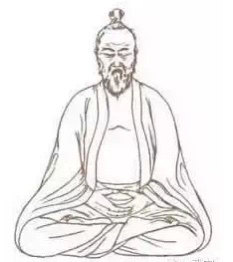
Daoyin Technique 8:
Rib cage Daoyin (rib cage adjustment, compressing the five internal organs)
Sit cross-legged, hold your hands behind you, bend forward to stretch, then rotate to the right, slowly return to the center. Hold your hands behind you, bend forward to stretch, then rotate to the left, slowly return to the center. This movement should be done 3-9 times, beginners can do it 3 times.
During the process, if you feel warmth, sweat, or burping, it is normal; if burping persists, use a comb to comb your arms down to your fingers, and press the Houxi (后溪) and Lieque (列缺) acupoints.
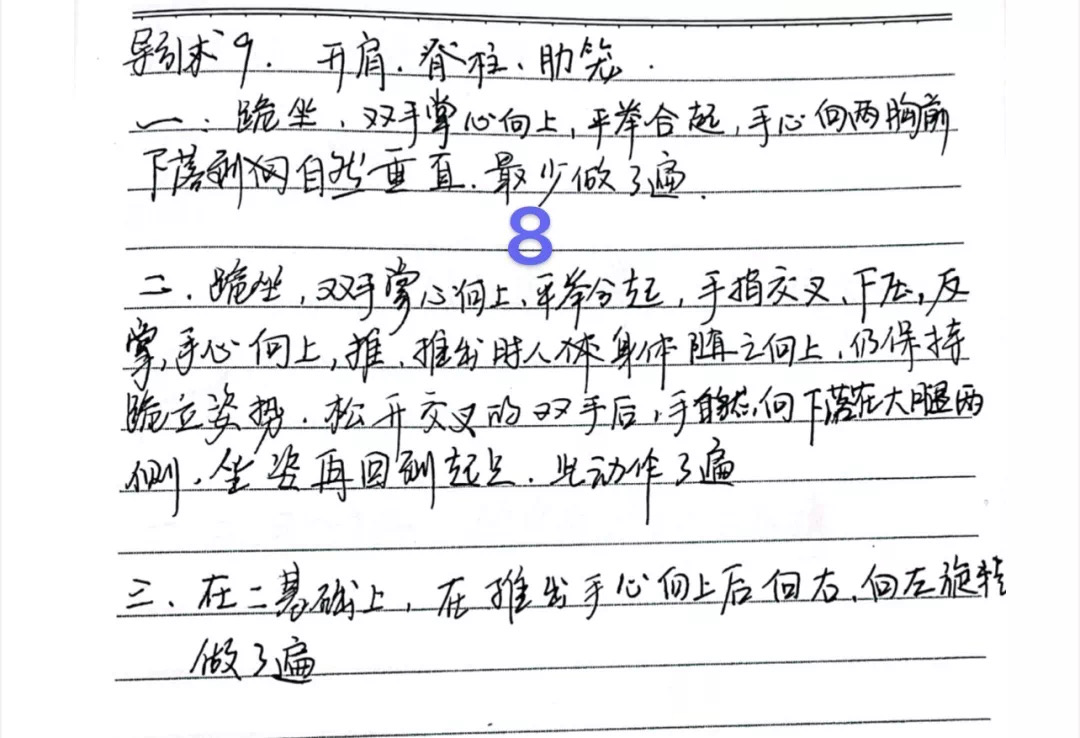
Daoyin Technique 9:
Opening the shoulders, spine, and rib cage.
Kneel and sit, extend both hands straight, palms facing up, raise and bring them together, then slowly lower them in front of your chest, doing this at least 3 times.
Kneel and sit, extend both hands straight, palms facing up, raise and bring them together, cross your fingers, press down, turn your palms, push up with palms facing up, as you push up, your body rises, maintain the kneeling position, then release the crossed hands and let them fall naturally to your thighs; this movement should be done 3 times.
Kneel and sit, extend both hands straight, palms facing up, raise and bring them together, cross your fingers, press down, turn your palms, push up with palms facing up, as you push up, your body rises, maintain the kneeling position, slowly rotate your body to the right, then return to the center, and let the crossed hands fall naturally to your thighs; this movement should be done 3 times.
Kneel and sit, extend both hands straight, palms facing up, raise and bring them together, cross your fingers, press down, turn your palms, push up with palms facing up, as you push up, your body rises, maintain the kneeling position, slowly rotate your body to the left, then return to the center, and let the crossed hands fall naturally to your thighs; this movement should be done 3 times.
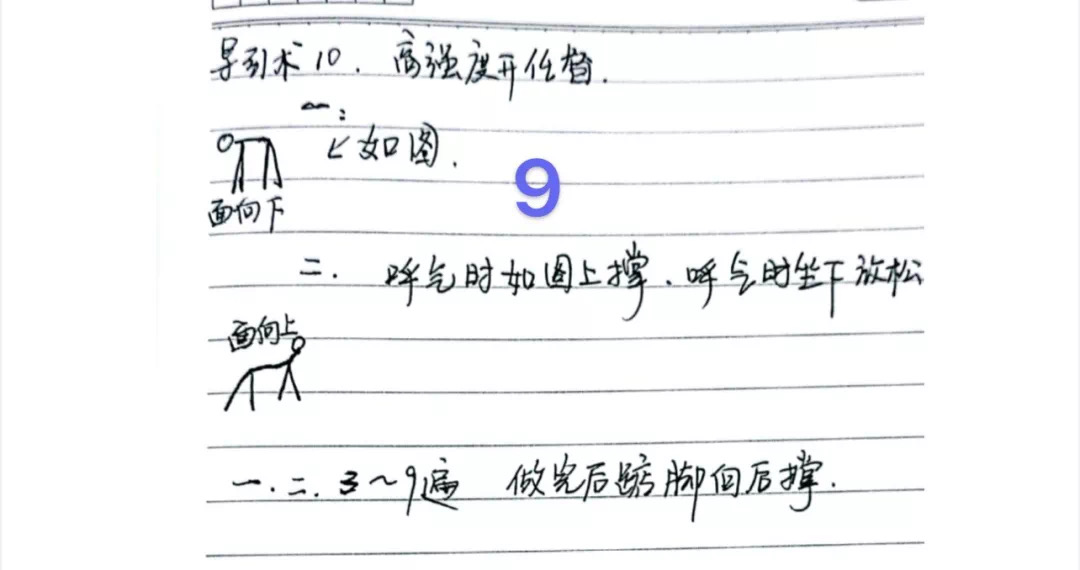
Daoyin Technique 10:
High-intensity opening of the Ren and Du meridians.
Perform a forward bend, named “Opening the windows of the five internal organs.”
Squat with your legs slightly wider than shoulder-width apart, without needing to straighten your legs, apply pressure on your waist; when you feel a stretch in your waist, let your hands drop down to touch the ground, then squat down and rest for a moment.
When you feel ready, continue the movements, doing each set 3-9 times.
With your feet naturally apart, push up with your hands while inhaling, raising your body until you feel a stretch, then lower your body and let your hands fall naturally. Do this for 3-9 times.
After completing, you should feel very relaxed and comfortable; at this point, open the ground meridian. Stand with your feet apart, rise onto your toes, and then slowly lower back down.
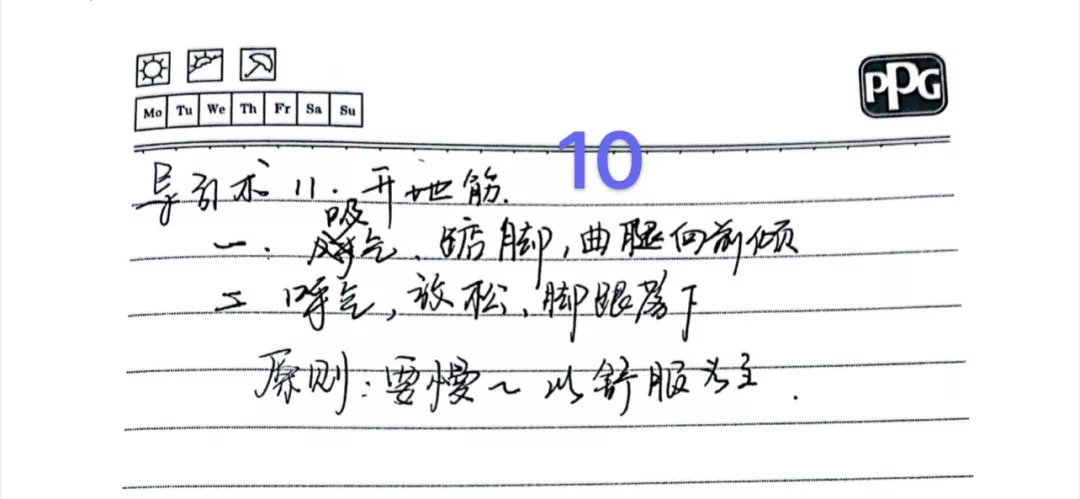
Daoyin Technique 11: Opening the Ground Meridian
Inhale, rise onto your toes, bend your legs forward. Exhale, relax, and let your heels come down. Principle: Move slowly and comfortably.
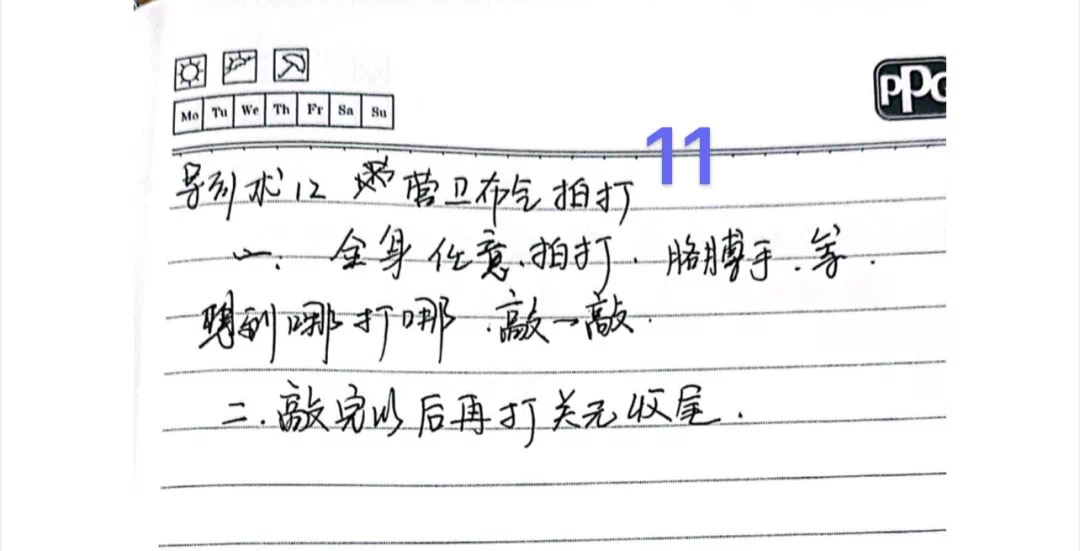
Daoyin Technique 12: Qi Distribution through Patting
Pat your entire body, arms, hands, etc. Pat wherever you feel like, ensuring to cover the whole body, and finish by patting the Guanyuan (关元) point (located in the lower abdomen).
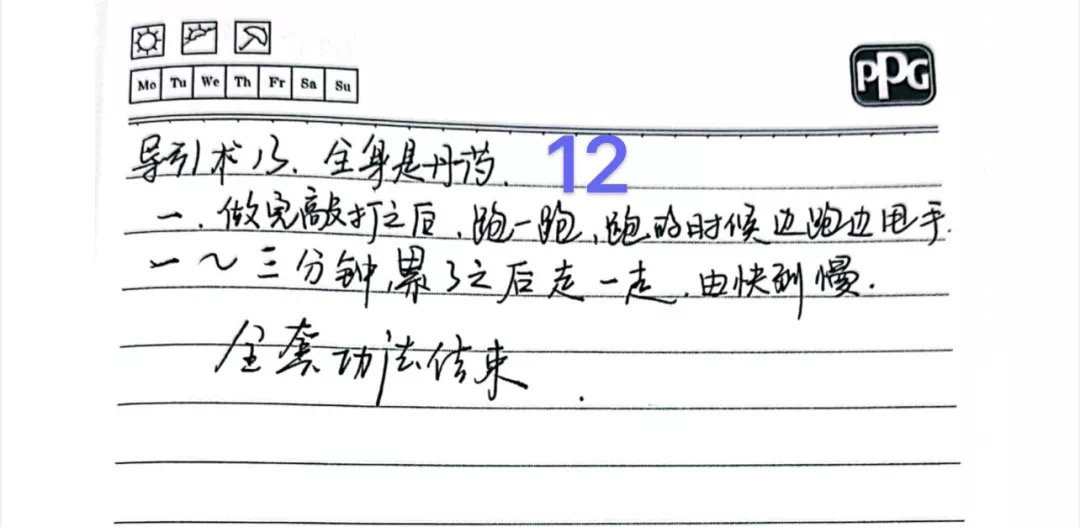
Daoyin Technique 13: The Whole Body is an Internal Elixir
After patting, run for 1-3 minutes while shaking your hands; after getting tired, walk slowly, transitioning from fast to slow.
The entire set of exercises is complete.
Everyone should practice diligently every day, aiming to maintain this for 100 days as an initial goal.
Keep it up, everyone!
